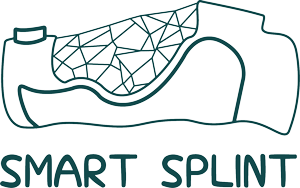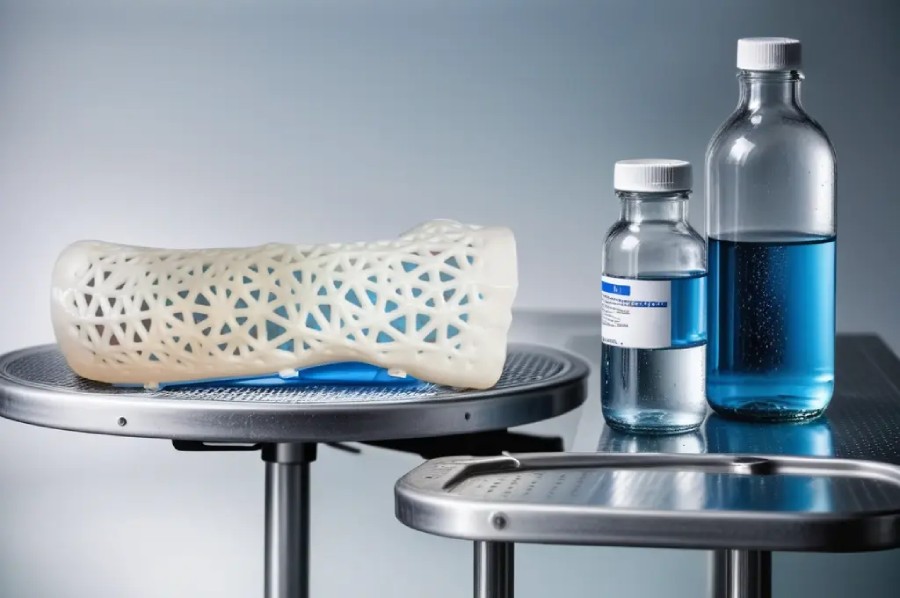
Unveiling the Wonders: The Multifaceted Benefits of Utilizing Orthopedic Splints
Introduction:
Orthopedic splints have long been a cornerstone in the realm of medical care, serving as invaluable tools for patients recovering from fractures, injuries, and orthopedic procedures. This blog aims to delve into the myriad ways orthopedic splints prove to be indispensable in enhancing the healing process and improving overall patient outcomes. From offering support and stability to promoting efficient recovery, the usefulness of orthopedic splints extends far beyond their conventional role.
1. Immobilization and Support:
Orthopedic splints are designed to immobilize and support injured or fractured body parts. This crucial function ensures that the affected area remains stable, minimizing the risk of further injury and allowing the body’s natural healing processes to take place. Immobilization is particularly vital in preventing unnecessary movement that could impede the recovery process.
2. Alignment of Fractured Bones:
In cases of fractures, orthopedic splints play a pivotal role in aligning fractured bones correctly. Proper alignment is essential for the bones to heal in their natural position, preventing deformities and ensuring optimal functionality after recovery. This precise alignment is achieved through the customized design and application of the splint.
3. Pain Management:
Orthopedic splints contribute to effective pain management by providing support and alleviating pressure on injured areas. By reducing movement and stabilizing the injured part, splints help minimize pain associated with fractures, sprains, or post-surgical recovery. This enables patients to experience a more comfortable healing process.
In the realm of Pain Management, orthopedic splints play a crucial role in effectively alleviating discomfort. These splints provide essential support, relieving pressure on injured areas and mitigating pain.
4. Facilitation of Wound Healing:
For wounds or surgical incisions in the vicinity of fractures, orthopedic splints act as protective barriers. They shield the injured area from external factors, such as friction, impacts, or contaminants, promoting a sterile environment conducive to optimal wound healing. This protective function is crucial in preventing infections and complications.
- 5. Postoperative Recovery:
Orthopedic splints are frequently employed in postoperative care to facilitate a smooth recovery process. After orthopedic surgeries, splints provide additional support to the surgical site, reducing strain on the healing tissues. This ensures that patients can undergo the rehabilitation process with enhanced stability and reduced risk of complications.
6. Prevention of Joint Stiffness:
Prolonged immobilization or lack of support can lead to joint stiffness, particularly after injuries or surgeries. Orthopedic splints address this concern by providing controlled and limited movement, preventing joints from becoming stiff during the recovery phase. This controlled mobility supports joint flexibility and functionality.
Maintaining a vigilant approach to skin health is crucial when utilizing orthopedic splints. It is recommended to consistently inspect the skin in the vicinity of and beneath the splint for any discernible signs of redness, irritation, or the onset of pressure sores. This proactive monitoring is integral to identifying potential issues early on. In the event of observing any abnormalities, it becomes imperative to promptly seek professional guidance from your healthcare provider. Their specialized knowledge allows for a thorough assessment, addressing potential concerns and providing tailored advice on sustaining optimal skin health while wearing the splint. Regular consultations with your healthcare provider ensure a comprehensive approach to preventive care, contributing to a more seamless and comfortable recovery process.
7. Customization for Various Body Parts:
The versatility of orthopedic splints lies in their ability to be customized for different body parts. Whether it’s the arm, leg, wrist, or ankle, splints are tailored to fit specific anatomical structures. This adaptability ensures that each patient receives personalized care that addresses their unique needs, contributing to a more effective recovery.
8. Patient Compliance and Comfort:
Orthopedic splints are designed with patient comfort in mind, promoting better compliance with treatment plans. Advances in splint materials and design contribute to lightweight, breathable, and comfortable solutions. This enhances the overall patient experience, encouraging consistent use of the splint as prescribed by healthcare professionals.
Conclusion:
Orthopedic splints, far from being simple immobilization tools, emerge as integral allies in the intricate journey of recovery. Their significance transcends mere stability, encompassing a multifaceted role that includes providing essential support, aiding wound healing, and fostering joint flexibility. In the evolving landscape of healthcare, advancements in technology introduce innovative features that elevate the utility of orthopedic splints. This progressive integration contributes to a more efficient and patient-centric approach in orthopedic care, reflecting a commitment to enhancing the overall well-being of individuals on their path to recovery.


